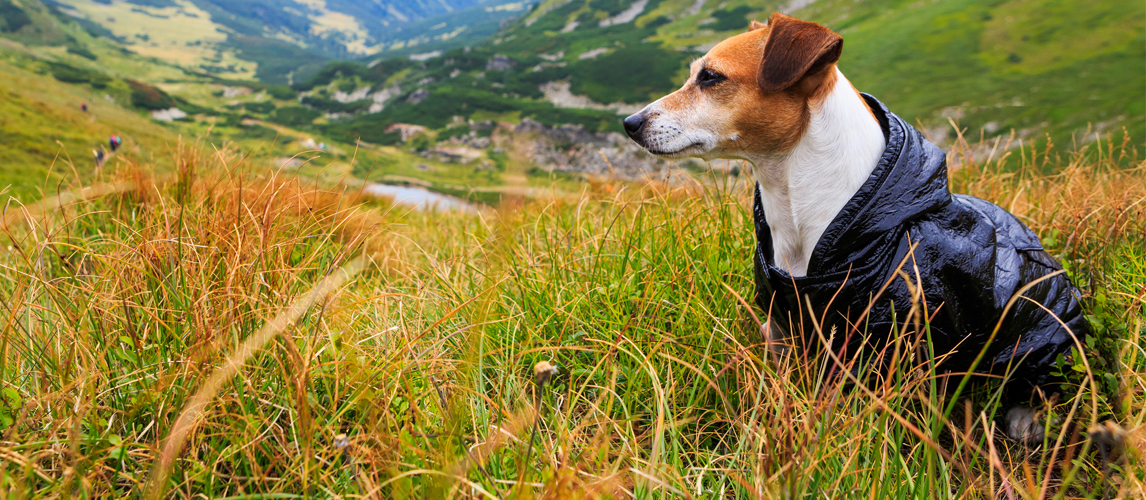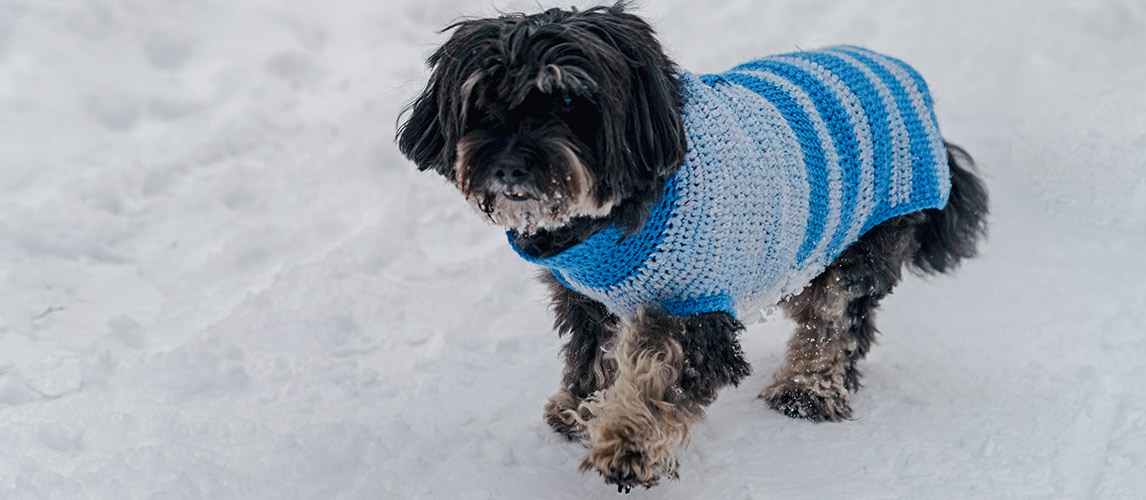Winter brings with it the ability to make some beautiful memories with the whole family. And by the whole family, we do of course include our four-pawed friends- after all, what’s a family without our canine companions? If you’re struggling for ideas as to how to make some great new memories with your dog, you’re in the right place. We’ve compiled a list of the best ways to play with your dog in winter, so you can enjoy your memories for years to come. Not to mention we’ve been kind enough to answer some of the biggest questions surrounding pet ownership in the winter.
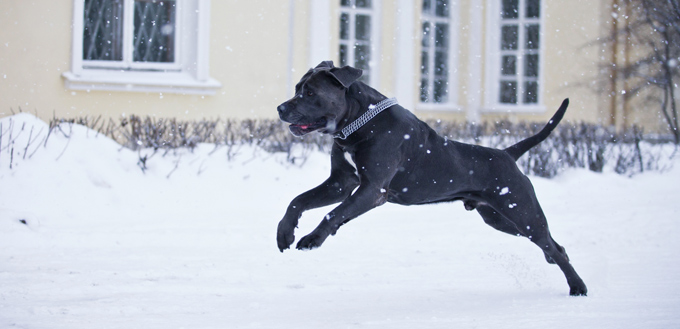
Are Dogs Less Active in the Winter?
The simplest answer to this question is that it depends on your dog. You may find that some pups calm down by a considerable amount and enjoy their sleep more. That said, there are many dog breeds that become much more relaxed in the summer since they dislike the greater heat. Of course, the main reason for dogs being less active in the winter is simply that their owners are less active, too. It’s only natural that us humans don’t enjoy being out in the intense cold, so we tend to want to be outside less often to match.
Our dogs take our cue on near all things, so if we’re out a lot less, then it stands to reason that they will conserve their energy by having a sleep and waiting for you to let them know when it’s time to play, walk or make those precious memories. Thus, if you’d like your dog to be more active, then lead by example! Get yourself up and out and your pup will gladly follow- just be sure to take care of both yourself and your dog while you’re doing it.
How Cold is Too Cold to Walk My Dog?
Again, there is no set temperature that dictates whether or not you should be taking your dog out- but it’s always a good idea to keep your eye on your dog’s response to the weather and be sure not to do anything that can injure or hurt your dog. So how cold is too cold? Check the list below as a rough guide and, when in doubt, ask your vet for some more advice:
- Check your dog’s coat: Some dog breeds have double-coats, including the Husky and Samoyeds, which means they are naturally more resistant to cold temperatures. You can also get a winter coat for your dog, and make sure that they are warm enough.
- Size: Dogs who are smaller and closer to the ground tend to become colder, faster. This is simply because they have fewer fat reserves to hold in their heat and thus struggle with the cold weather a lot more than larger breeds.
- Age: Older dogs are naturally going to struggle more in extreme temperatures. It’s never a good idea to take an aged dog outside as their little hearts can’t take the extra pressure required to keep their temperature regulated.
The general guide for cold weather being too cold, according to PetMD, is 45°F. Anything below this is considered dangerous and taking your pet outside shouldn’t even be considered, since the risks of hypothermia and frostbite increase dramatically at this point.
Do Dogs Need More Food in the Winter?
Just like us, dogs need food that is appropriate to their energetic output. If the weather is too cold to take your dog out, then it’s likely that they’ll need less food to match. That said, if you play more with your dog in the winter and/or continue on your long walks, they shouldn’t need any less food as their energy usage will be the same, as well.
You might notice your dog puts on a little weight during the colder months. This is completely normal and not something to worry about. It’s based on the fact that animals will naturally hold on to their fat reserves during the winter months. If you’re concerned about the weight gain or it seems particularly unusual, contact your vet to rule out the threat of anything sinister.
Why Does My Dog Rub His Face in the Snow?
The scent roll is a well-known dog behavior, and there are a few theories behind this. One of these is that your pup is looking to cover up their own scent so that they can continue being a predator in the wild. It’s also thought that dogs like to roll around in different scents so that they can return to their pack with proof of where they’ve been and what they’ve been up to. All-in-all, it’s generally accepted that dogs mostly do it because it feels good! And hey, as long as they aren’t causing any issues, why the heck not?
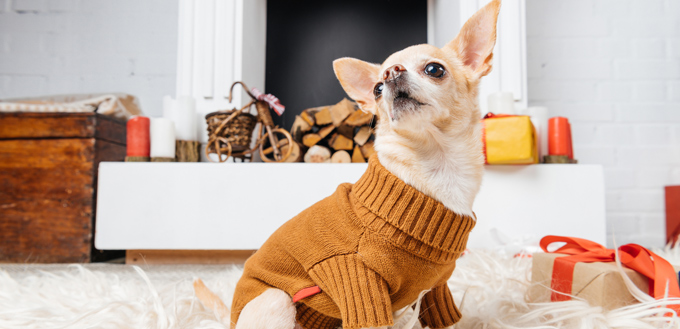
Dog-friendly Winter Activities
- Snowball Fights
There are few things that are as fun as having a snowball fight with your dog. This is throwing a ball with the added benefit of having a game of hide-and-seek. Confused? Try it and see! Throw your ball- but don’t worry about trying to get some distance, you’ll want to see the next part. If your dog catches the ball, they’ll be delighted and intrigued by the way it falls apart as they try to grasp it. Of course, if they miss, the ball disappears into the snow itself. This leads to your dog going on a hunt for something that no longer exists- a great way of burning off some energy with no excessive energy burnt on your side. Not to mention it’s pretty funny to watch!
- Hiking
It might not be ideal weather for you but it’s very likely that there is no harm in taking your dog for a long walk (providing you’re sure it won’t cause any harm to your pup, see above). So, pop on your walking boots and invest in some dog booties to protect your dog’s paws. These have the added benefit of making clean-up easier since the booties will protect their pads from trapped snow and grit. Not to mention the added grit will stay where it’s supposed to be- on the ground and no on your dog’s paws (or their mouth, since dogs have a habit of licking their pads to clean themselves up).
Be sure to stay away from frozen water, too. Dogs struggle to maintain their composure on slippery surfaces, and they seem to be blissfully unaware of this. Indeed, our canine friends have a bad habit of excitedly running straight into the most dangerous situations at the worst time. If your dog slips and trips on the frozen water, it’s very likely that they could seriously injure themselves.
- Scent-training
One of the best activities for your dog’s mental and physical stimulation is playing with their strongest asset- their nose. This is the perfect time to train up your dog’s scent and have some fun while doing so. All you need is their favorite dog toy and a couple of dog treats. This can be played indoors but can be made extra-challenging by using the new terrain to keep your dog on their toes. For example, hide your dog’s toy somewhere while you are out of sight, then command your pup to find their plaything. The cold weather can provide an extra challenge which means that this activity can take longer than you think! Of course, if you haven’t played this before, you should definitely start indoors, since the environment allows them to focus their mind on your “find” command, without becoming overwhelmed.
- Agility
Agility has the great benefit of using your dog’s mind and body in an enjoyable activity for you both. Even better, there are many dog schools that now specialize in agility training, so it’s likely that you’ll be able to find a decent place to start your dog’s training with the help of an experienced professional. Don’t have one near you? Make your own obstacle course in your home or garden and watch some great YouTube videos on how to teach your dog the basics of agility training. This is the perfect activity for more excitable and intelligent breeds, such as the border collie, who can easily become bored if they don’t receive regular exercise.
You May Also Like: Dog Agility Tunnel
- Indoor Ice-hockey
If you have any icicles lying around, or can compact snow tight enough, have a game of ice hockey with your dog! Kick or bat the ice around your kitchen and encourage your dog to do the same back to you. This is also a great activity for the warmer months, to cool your dog down, too! Be prepared though, since this requires a lot of cleaning up after the ice melts it’s way around your home. Feel free to try a similar activity outside, if you’re not keen on the clean-up; snow-soccer. This has the same rules as normal soccer, except your ball is likely to keep crumbling with every kick! Your dog will love this activity since they get to chase, fetch, bat and find the ball around the snow- just be sure to make it clear what a large snowball is and the difference between that and any larger balls you and your family may be trying to create when making a snowman. The last thing you want is for your dog to think the snowman needs to put into a goal.
- Make a Pawprint Memento
This activity is really for indoor-use, only and you’ll need to pick up a pet-friendly ink set online to take part. All you need is your dogs paw, some paper and a frame and you can spend an hour or two making a wonderful memento of your dog’s paw-prints that you can cherish forever.
- Learn New Tricks
In the same way as agility, teaching your dog new tricks during the winter months adds a layer of depth that you may not be able to have in the warmer springs and summers. Look online or invest in a dog training book that can help you and your pup bond in the cold weather. Some great examples of new tricks for your and your dog to practice include “touch”, where your dog is taught to pat something with his or her paw on command, “bell” which encourages your dog to ring a bell when they want to go outside or even “bring”, which can encourage your dog to bring your slippers, newspaper or even a specific drink if they can reach it!
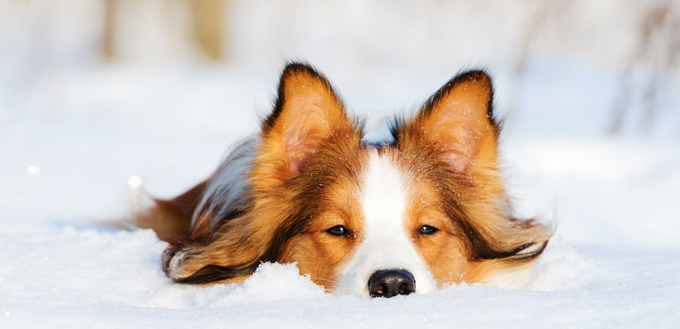
Take Your Dog on Holiday
If you have no intention of staying in the cold this winter, then take your dog with you on your holidays! Pack up all your necessities and get yourself to a warmer climate. Or, if you’re the type to enjoy the winter months but feel that perhaps your local region isn’t really a dog-friendly winter area, it might be worth taking a short trip to the countryside with your pup. Take a look online to find a range of places that are designed with your pet in mind, including closed but warm, real-wood fires and even doggy-centered activities that are all completed under the watchful eye of a trained professional.
The long and short of it is, the weather shouldn’t discourage you from bonding and playing with your dog. As long as you and your dog are safe and happy, there are very few things that you will need to stop doing in the winter months. So enjoy your time with Fido!





